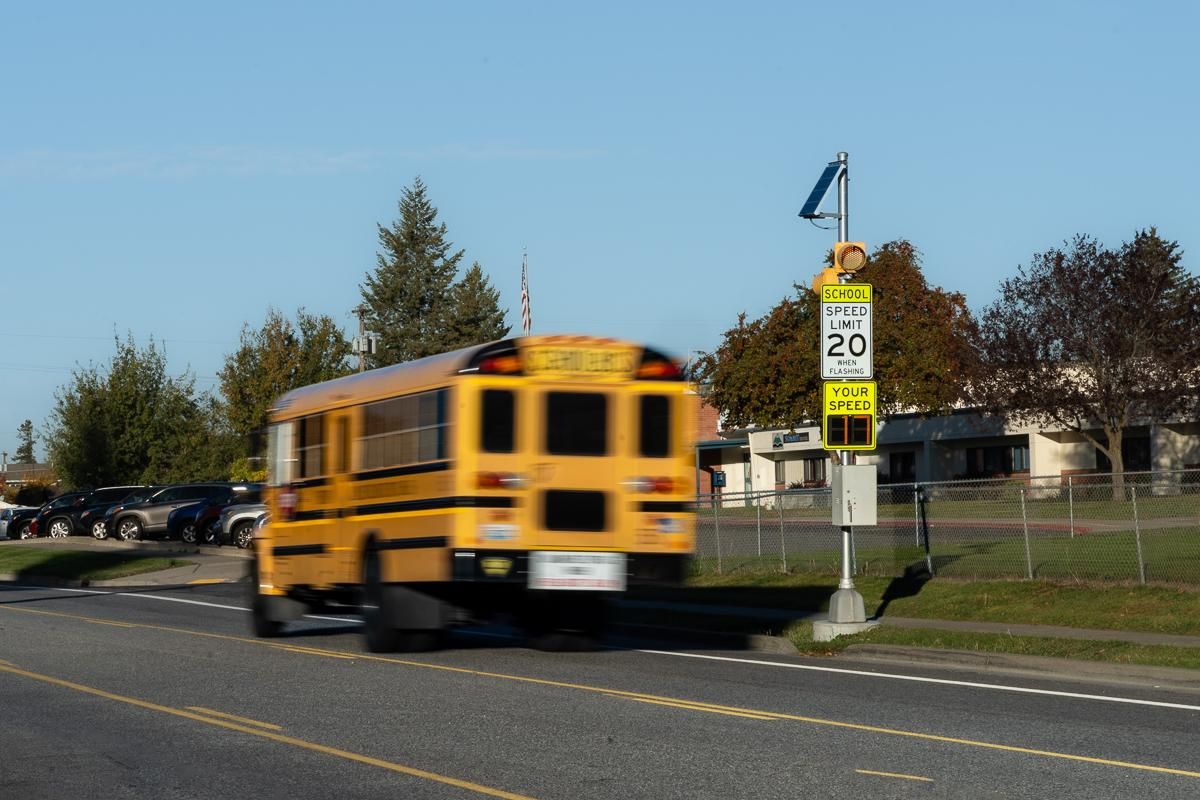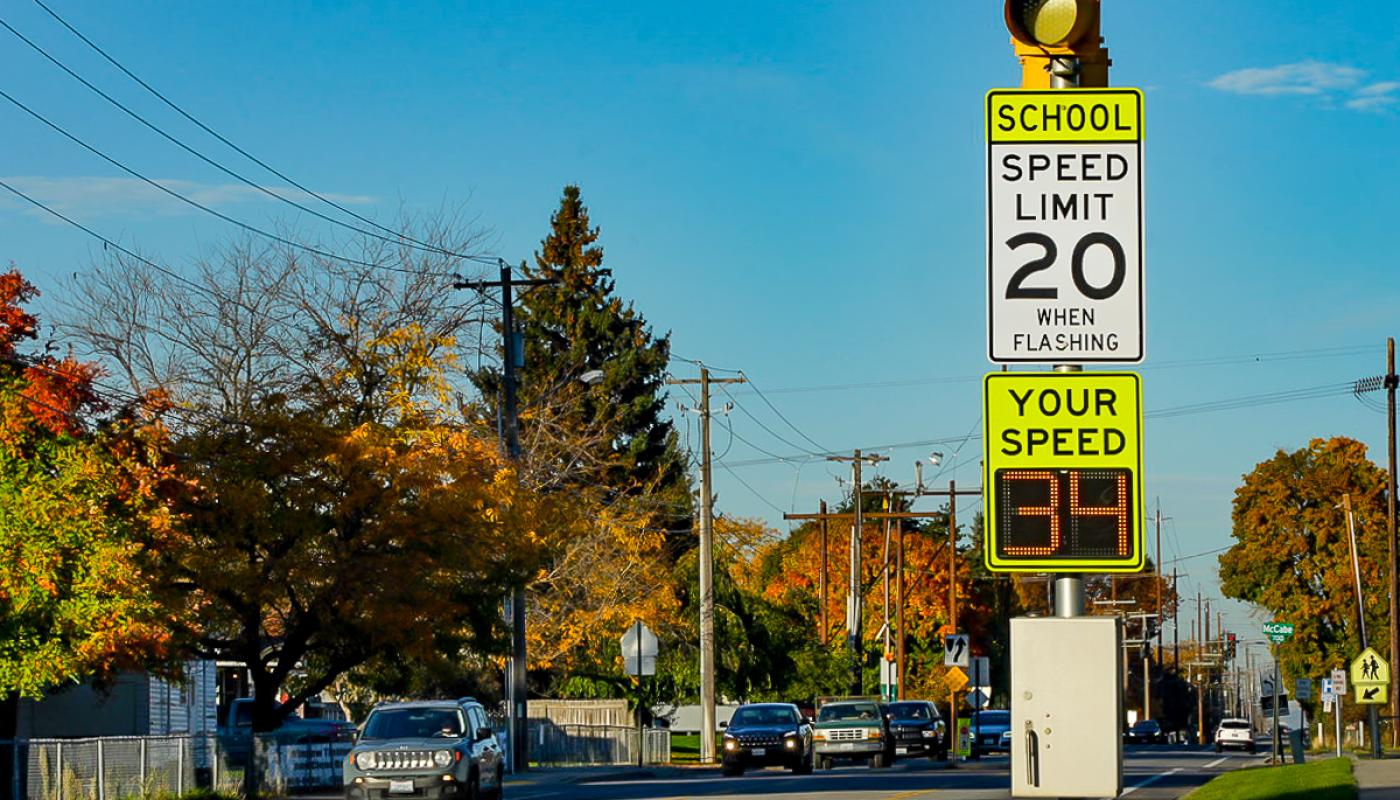Municipalities need to know that speeding enforcement dollars are spent on programs that will affect real benefits in their community.
Radar Speed Signs have been studied for effectiveness and tested in the field. City managers should consider this effective driver feedback method for deployment in high speed zones. Here are two case studies of real towns that have used dynamic radar speed signs, and their actual results.
King County, Washington
Kirkland, Washington was facing speeding issues along 108th Ave NE, a 2 lane “collector road” servicing local residential neighborhoods, an elementary school, and a park, along with a high school at the southern terminus. The speed limit along this stretch of road was 25mph, but public safety departments were receiving numerous resident complaints about speeding, drag racing and safety concerns, particularly following dismissal at the high school. Traffic Operations Engineers conducted traffic surveys and documented volume and speed, confirming the need for additional safety measures. Average speeds along the feeder corridor were 30-31 mph with average daily volume along 108th Ave was 2,700 cars per day at the north end and 4,900 cars per day at the south end. In exploring appropriate response measures, engineers determined that roadway restructuring, such as choke points or curb build-outs would have a negative impact on emergency response in the area. The county settled on deploying four radar speed signs. The signs are designed to record speed data for download and analysis. Later traffic surveys revealed a significant decrease in speed at 3 out of the 4 signs of between 4.62% and 7.15% which translates to 1.19 to 2.21 mph decrease in average speed. This might not sound like a significant difference, but for every decrease of 1 mph in average speed, studies show a statistical drop in accident rates of 5%. In the end, community groups were pleased with the results and the police department saw a marked decline in traffic complaints.
Tigard, Oregon
Police in Tigard, Oregon were looking to increase pedestrian safety near the local high school. The posted speed limit was 20 mph but police were regularly citing drivers driving 40 mph or faster. The area was considered a serious safety concern. Increased police patrols in the area were effective at curbing speeding for a short time, but when patrols stopped, drivers were speeding again. The high traffic volume made roadway re-engineering, such as a traffic circle, an incompatible choice for traffic calming. Speed radars were investigated instead as a driver feedback method. The police department was given a speed radar sign for a 90 day trial and saw results immediately. After the speed radar signs had been in operation for 6 months, citations in the area were down and average speed along that stretch of road was down 66%.
Conclusions
Speed radar signs require an initial investment in equipment but have proven highly effective in lowering average speeds and improving roadway safety. They are an easy to deploy method of calming traffic in problem areas when other means of slowing traffic are inappropriate. A 2007 survey of police officers ranked the speed radar sign number one for having the most immediate and longest lasting effects on safe driving speeds.

